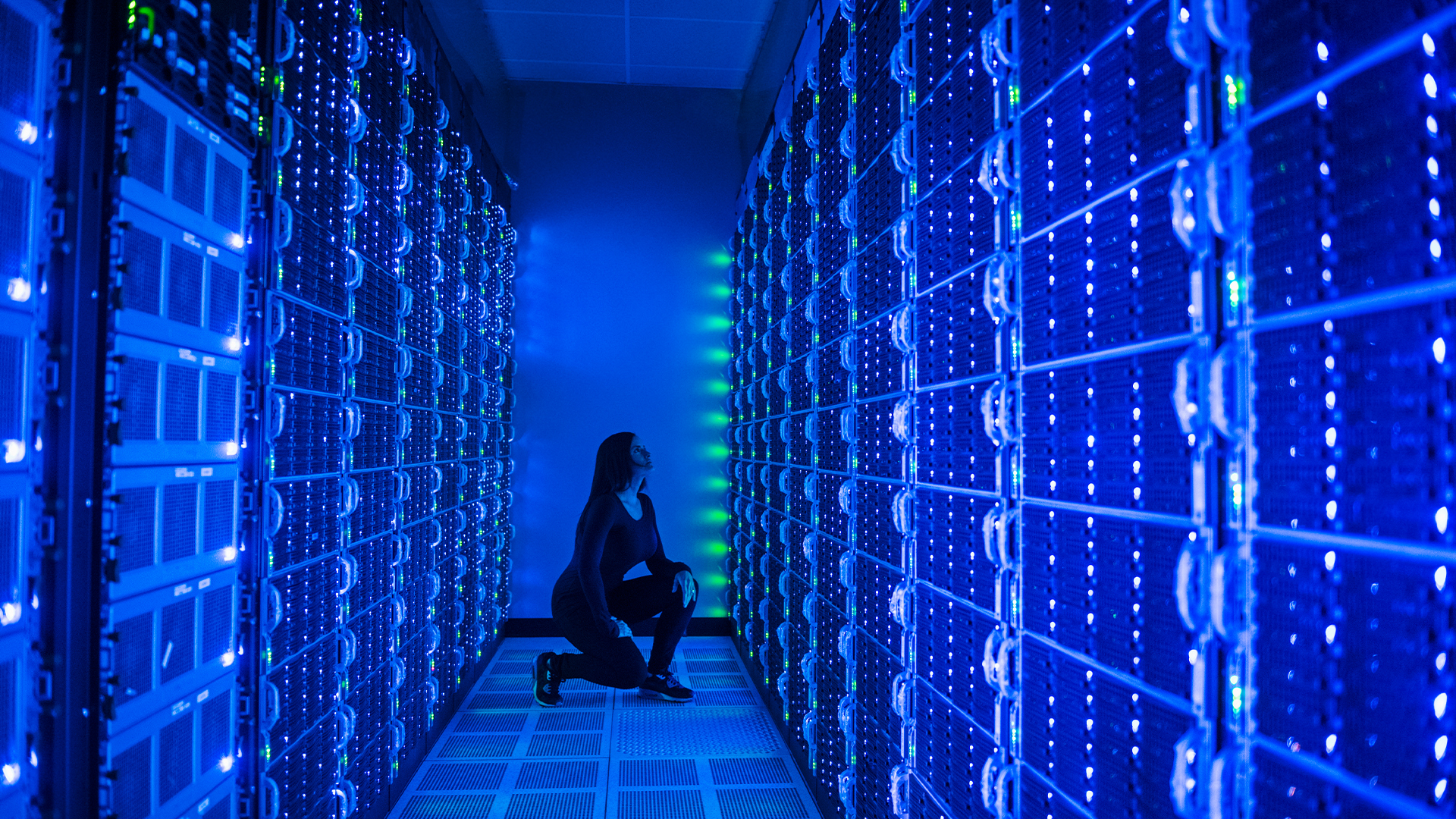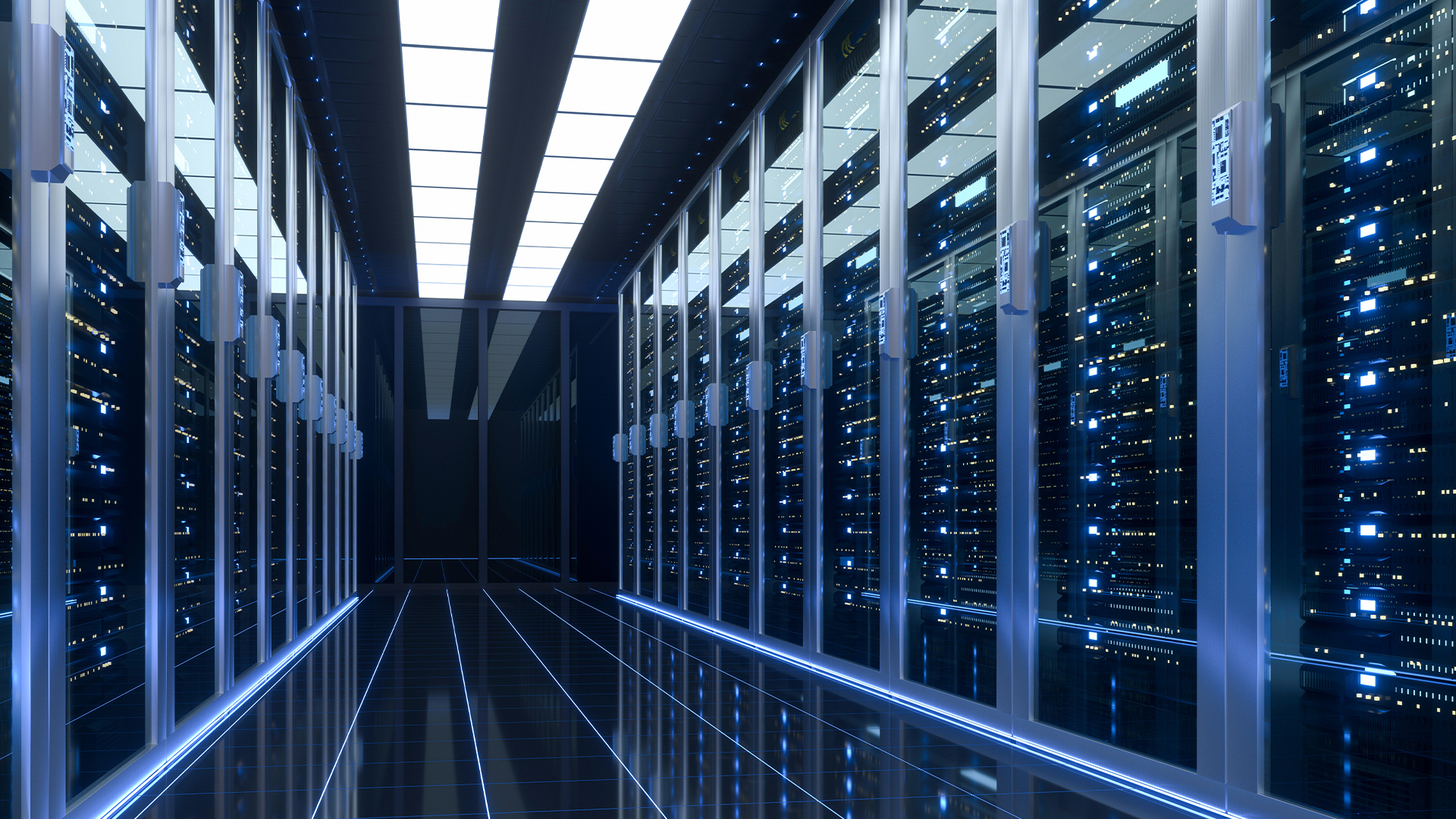How to use IoT to meet sustainability goals
With the need to slash your carbon footprint becoming more urgent, many enterprises are turning to connected devices

With scrutiny on corporate sustainability intensifying, more and more businesses are attempting to meet their environmental ambitions by investing in innovation and deploying cutting-edge technologies.
Many enterprises, specifically, are turning to the Internet of Things (IoT). Massive properties such as warehouses, factories, and department stores consume energy in an unsustainable way. Machinery, for example, is sometimes kept on when not in use, while bright lights are often switched on at all times of the day, including in broad daylight as well as after closing. IoT, in this context, has been identified as a crucial tool in the broader battle to combat climate change.
The importance of IoT is only expected to rise in the coming years, with the global market projected to grow from $380 billion in 2021 to $1.9 trillion in 2028, according to Fortune Business Insights. Much of this growth will comprise businesses tapping into connected devices, sensors, big data analytics as well as automation and machine learning, to scale back their energy usage and meet their sustainability goals.
Tracking the status quo
To improve the sustainability of a process, a machine, or an organisation, the first port of call is measuring the current state. That's where IoT first comes in, Dr Paul Miller, principal analyst at Forrester, tells IT Pro.
"IoT sensors at busy junctions measure traffic flow, noise, and pollution. IoT sensors in offices measure room occupancy, temperature, humidity, and the composition of the air. IoT sensors on machines from pumps and motors on the factory floor to high-speed trains and jet aircraft measure vibration, noise, temperature, and more," he says.
RELATED RESOURCE

Many of these measurements have a direct and immediate impact on energy use, Miller adds. An IoT sensor, for example, can easily alert engineers in the control room to a power-hungry machine on the factory floor that's drawing power and producing nothing of value. The machine can then be switched off. Temperature sensors in buildings, meanwhile, can routinely communicate with HVAC systems to cool spaces that become too warm.
"Combined with machine learning, IoT has broader sustainability applications that reduce wasteful energy use," Miller continues. "Instead of waiting until a room is too warm to start blasting cold air, a smart building will anticipate the need. In factories, machine learning algorithms monitor noise, vibration, temperature, and usage patterns, proactively alerting maintenance teams to equipment that may require attention to keep it operating effectively – and to prevent it from consuming more power or resources than it needs."
Sign up today and you will receive a free copy of our Future Focus 2025 report - the leading guidance on AI, cybersecurity and other IT challenges as per 700+ senior executives
Out in the field
Several businesses have already had success in reaching their sustainability targets through IoT deployments, including Deloitte in the way it's embedded the technology in its Amsterdam-based Edge building. This, according to the company, has been rated as the most sustainable building in the world. Microsoft, too, has deployed IoT in the multi-billion dollar rebuild of its Redmond East campus, which began in 2019. Bosch, meanwhile has been carbon neutral on Scope 1 and Scope 2 emissions since 2020, in large part due to getting a better handle on the consumption of its industrial machines. The firm uses IoT and machine learning, too, to measure, predict, and reduce energy consumption levels.
IoT vendors are equally keen to highlight case studies of customers using their technologies to minimise their carbon footprints. IBC Cube clients, for example, use the firm's systems to save fuel by ensuring diesel-powered backup generators they operate are automatically turned off during periods when a power supply has available electricity. Site personnel in charge of operating these generators, previously, were found to frequently shut them off long after the mains supply was restored, wasting fuel.
"Another example involves a client that used our IoT digital display solution to automate the release of new branding and product information to their point of sale displays,” says Shaunak Raha, IBC Cube’s head of IoT and emerging technology. “In the past, whenever they launched a new product or campaign, they would have to print thousands of branding and merchandising materials, ship them, and install them at thousands of stores across India. Now, they simply release the campaign on our portal, and their new campaign releases across all their stores without having to waste paper, fuel, and manpower on the changeover."
When it comes to sustainability-specific use cases, the technology stack and its deployment tend to be largely similar to other areas of IoT, senior director analyst at Gartner, Aapo Markkanen, tells IT Pro. “There are, first, the field devices and they connect to the network either directly or through edge gateways," he says. "Both the field devices and the gateways tend to possess more extensive computing and storage capabilities than they used to just a couple of years ago. From the edge, the data is delivered to the platform back-end, which is often in the cloud but can be of the on-premise sort as well. On the platform level, data is fed into a variety of business applications that are more and more integrated with each other. Sometimes the applications scale down to the edge level, for example, in the form of edge AI."
One area Markkanen highlights is remote sensing delivered by low-earth-orbit satellites. This isn’t part of the traditional IoT domain, he clarifies, but nevertheless, satellite-based data sources hold a lot of promise in sustainability. For instance, they help to scale the measurement and monitoring of environmental impacts, and the related changes over time.
Looking beyond the enterprise
Similar to how IoT is being deployed in industrial settings, the increasing digitisation of our environment is generating more activity data that can be connected to develop insights on a variety of carbon emissions, says Bettina Tratz-Ryan, VP analyst with Gartner. Many businesses can, in this sense, contribute to the wider mission to meet society’s sustainability targets, as opposed to just looking inwardly.
"In addition, adding society as a steward for sustainability brings the option to gamify sustainable behaviour, drive communities and provide new applications to assess personal individuals’ carbon footprint, reduce waste, and so on,” Tratz-Ryan adds.
An untapped resource, for example, is the development of community data exchanges where citizens can generate data for industries to consume for various sustainable purposes, such as reducing the carbon footprint in the process of developing their products. That data, though, needs to be standardised otherwise its value is compromised.
Sustainability is an increasingly significant challenge for enterprises across the globe, and many are developing sustainability policies with the help of IoT and associated technologies like machine learning. Advancements in connectivity methods and IoT sensors, too, can allow governments, companies, and individuals to use resources responsibly, and gradually move to more energy-efficient practices.
-
 How the UK public sector could benefit from strategic channel partnerships
How the UK public sector could benefit from strategic channel partnershipsIndustry Insights Is the channel the answer to the growing cost vs budget problem facing the public sector?
-
 Microsoft wants to replace C and C++ with Rust by 2030
Microsoft wants to replace C and C++ with Rust by 2030News Windows won’t be rewritten in Rust using AI, according to a senior Microsoft engineer, but the company still has bold plans for embracing the popular programming language
-
 Google drops $4.75bn on data center and energy firm Intersect
Google drops $4.75bn on data center and energy firm IntersectNews The investment marks the latest move from Google to boost its infrastructure sustainability credentials
-
 From underground bunkers to 'data spas' and the 'floating cloud', Lenovo is getting creative with future data center ideas
From underground bunkers to 'data spas' and the 'floating cloud', Lenovo is getting creative with future data center ideasNews Lenovo might have its head in the clouds with some ideas, but other radical solutions are already in operation
-
 Majority of English data centers use less water than a 'typical leisure center' as operators embrace new cooling methods
Majority of English data centers use less water than a 'typical leisure center' as operators embrace new cooling methodsNews England’s data centers are surprisingly efficient when it comes to water consumption
-
 Microsoft's plan to use human waste to offset AI emissions stinks of greenwashing
Microsoft's plan to use human waste to offset AI emissions stinks of greenwashingOpinion Hyperscalers are getting increasingly gimmicky when it comes to sustainability
-
 Google emissions have surged 51% in five years – but it’s making solid progress in data center efficiency
Google emissions have surged 51% in five years – but it’s making solid progress in data center efficiencyNews While overall carbon emissions have increased significantly, the company is making solid progress in bolstering data center energy efficiency.
-
 AI will chew through the same amount of energy as Japan by 2030
AI will chew through the same amount of energy as Japan by 2030News The energy demand of AI data centers will top that of Japan by the end of the decade, new research shows – and that’s providing that energy grids can even keep up.
-
 Enterprises face delicate balancing act with data center sustainability goals
Enterprises face delicate balancing act with data center sustainability goalsNews High energy consumption, raw material requirements, and physical space constraints are holding back data center sustainability efforts, according to new research from Seagate.
-
 Tech giants called in to help tackle UK’s AI energy concerns
Tech giants called in to help tackle UK’s AI energy concernsNews The UK government is holding talks with Microsoft, ARM, Google, and Amazon in the first meeting of the new AI Energy Council.